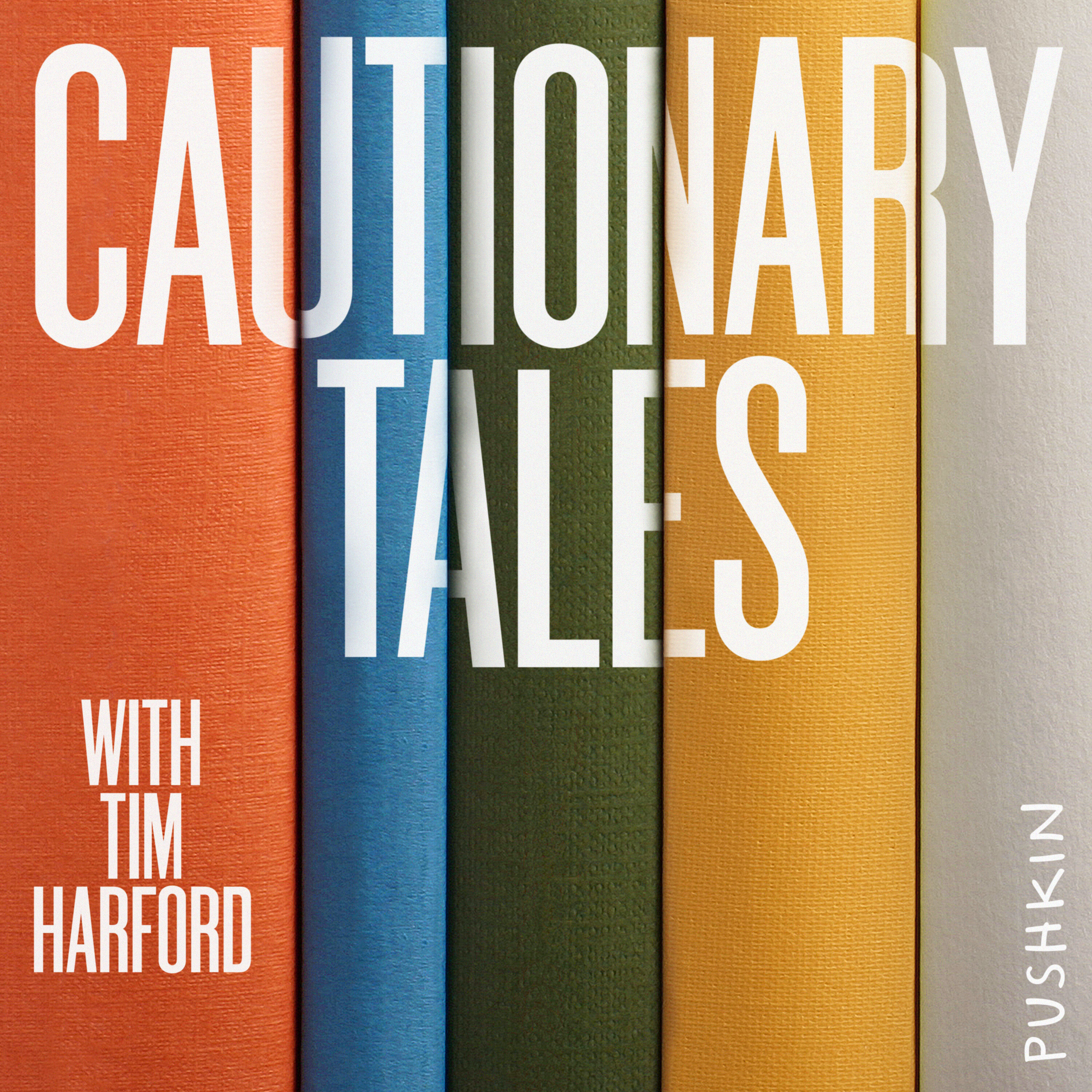
Darwin's Grandpa and the Art of Sex Appeal

Cautionary Tales with Tim Harford
Deep Dive
Why did Charles Darwin struggle to explain the peacock's tail in his theory of evolution?
Charles Darwin's theory of natural selection explained survival traits, but the peacock's tail seemed counterintuitive. Its extravagant, cumbersome feathers appeared to hinder survival by making it harder to escape predators. Darwin couldn't reconcile how such a trait evolved until he considered sexual selection, where traits evolve to attract mates rather than solely for survival.
What role did Erasmus Darwin play in the development of evolutionary thought?
Erasmus Darwin, Charles Darwin's grandfather, was an early thinker on evolution. He speculated that all warm-blooded animals might have arisen from a single living filament, a concept ahead of its time in the 1700s. His writings influenced Charles, though Charles was reluctant to cite him due to Erasmus's controversial lifestyle and libertine reputation.
How did Josiah Wedgwood's marketing strategies mirror the concept of sexual selection?
Josiah Wedgwood's marketing strategies, such as conspicuous consumption and the trickle-down theory of fashion, mirrored sexual selection. He targeted wealthy aristocrats to showcase his products, creating demand among lower classes. Similarly, peacocks display their tails to attract mates, signaling genetic fitness. Both strategies rely on status and signaling to drive success.
What was the handicap principle, and how does it relate to the peacock's tail?
The handicap principle, developed in the 1970s, suggests that traits like the peacock's tail evolved precisely because they are costly to maintain. By displaying a large, cumbersome tail, peacocks signal their genetic fitness to potential mates, demonstrating they can survive despite the handicap. This principle aligns with Josiah Wedgwood's idea of conspicuous consumption, where costly displays signal wealth and status.
Why did Charles Darwin avoid citing his grandfather Erasmus in his work?
Charles Darwin avoided citing Erasmus Darwin due to his grandfather's controversial lifestyle, including his libertine behavior and open acknowledgment of illegitimate children. As a Victorian scientist, Charles was concerned about maintaining a respectable image and feared that associating with Erasmus's scandalous reputation would undermine his credibility.
How did Josiah Wedgwood's pottery business influence his understanding of human behavior?
Josiah Wedgwood's pottery business gave him insights into human behavior, particularly status signaling and conspicuous consumption. He observed that people bought his products not just for their utility or beauty but to associate themselves with high-status individuals, like Queen Charlotte. This understanding parallels how peacocks use their tails to signal genetic fitness to potential mates.
- Darwin's struggle to reconcile the peacock's tail with his theory of natural selection
- The concept of sexual selection as a driver of evolution
- Victorian society's resistance to the idea of female choice and sex as a powerful force in nature
Shownotes Transcript
Take the Cautionary Tales listener survey here: https://www.surveymonkey.com/r/HCHGGZ3)
Charles Darwin was stumped by peacocks. According to his theory of evolution, some creatures were better equipped to survive in their particular environment than others. It explained a lot - but it didn't explain the peacock's brightly coloured tail feathers, which were extravagant and cumbersome. Surely such plumage made it *harder *for peacocks to survive?
It so happens that the life of Darwin's own grandfather offered clues to the puzzle of the peacock's tail - if only he'd known to look there...
For a full list of sources, see the show notes at timharford.com).
See omnystudio.com/listener) for privacy information.